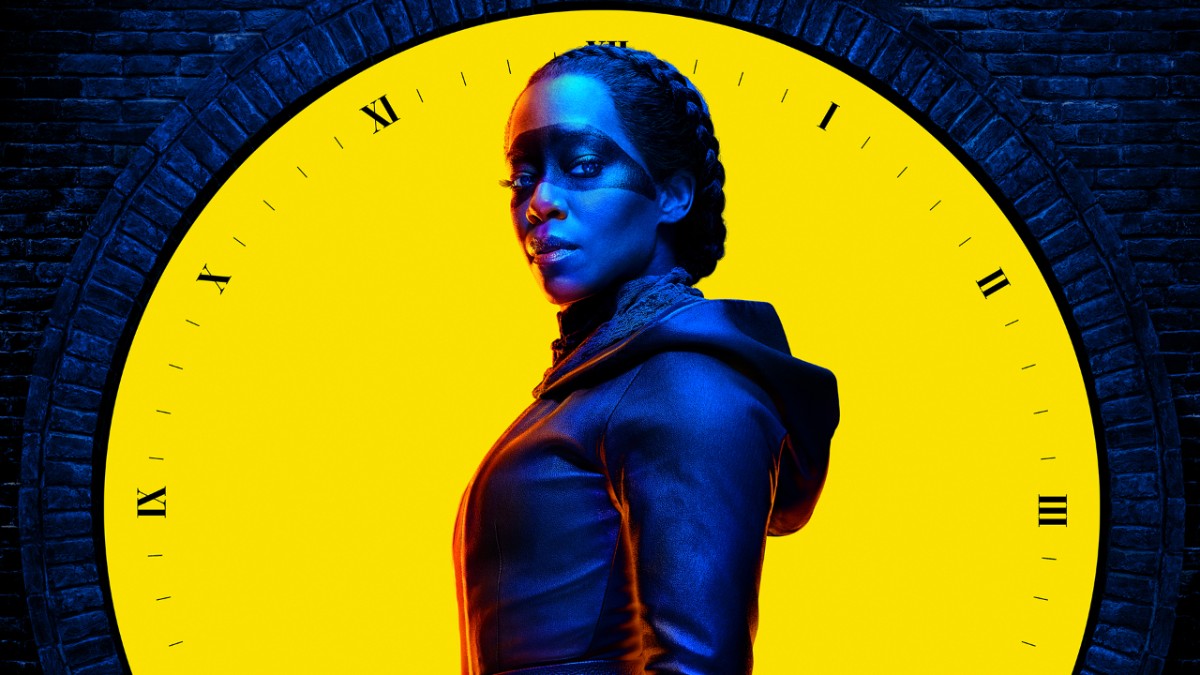'Watchmen': The Closest Thing to a Proper Sequel to the Graphic Novel

Jacob Wasserman ’23 / Emertainment Monthly Staff Writer
Watchmen by Alan Moore is the only graphic novel to appear on Time Magazine’s list of the 100 greatest novels since 1923, a list that also includes To Kill A Mockingbird, The Catcher in the Rye, The Great Gatsby and The Grapes of Wrath. While some may consider this to be inclusion based purely out of pity, as comics or graphic novels are not regularly given their due as a legitimate art medium, those who have read the novel understand well why it is included.
Beyond the eye-popping artwork courtesy of Dave Gibbons, Watchmen tells an incredibly complex story, weaving subplots and character arcs together seamlessly while effectively presenting themes of identity and living past one’s prime. Moore’s characters are absolutely fascinating, even if their inspirations are clearly shown through their appearances and basic character traits. Beyond its central qualities, the graphic novel also provides powerful political commentary as the central conflict centers around the oncoming threat of nuclear warfare. Characters can also provide commentary, with Rorschach serving as a metaphor for the rise and normalization of fascism and The Comedian displaying nihilistic feelings towards patriotism, as he is able to commit horrific acts of violence without much consequence.

I call it “the closest thing to a proper sequel” because it is a little difficult to describe how the TV series fits into the Watchmen canon. Certain characters from the original graphic novel are either present, mentioned, or at least alluded to, but the story thus far has focused mainly on a slate of new characters and carries different themes from those present in Moore’s work. So, not necessarily a sequel, but not a reboot either.

The first episode cleverly introduces the basis for the central conflict as a clear story of good vs. evil. It opens with a reenactment of the 1921 Tulsa Race Massacre, in which Klan members ravaged the town (which was before considered to be essentially “black Wall Street”) and murdered hundreds of townsfolk including men, women and children. From there it presents a future which appears to perfectly contrast the first scene, showing a diverse police force (although the majority of protagonists are purposefully black) united around preventing the spread of white supremacy. Although the episode itself is well-made, the message could be perceived as preachy by some. The ideas presented in the first two-thirds of the first episode are flipped on their heads by the ending and are further expanded upon in the second episode, as a tragic loss in Angela’s life provokes investigation into the life of someone Angela had trusted and loved, potentially revealing a problematic ancestry.
Whereas the original novel examines how humanity faces the unceasing nature of time, the new series appears to focus on the past and how people carry the scars and sins of their forefathers, whether they realize it or not. Even if the story heads in an entirely different direction (which is entirely possible given what has happened thus far), that is all the more credit to be given to Damon Lindelof and his team of writers for creating such a compelling narrative.

Overall, those worried can rest easy. Watchmen avoids the trappings of other recent reboots and sequels by introducing new and interesting themes to the franchise’s overarching story, having a roster of entertaining and memorable characters (both old and new) and featuring mesmerizing visuals.
As for whether or not you need to read the original graphic novel or watch Snyder’s adaptation before viewing the new series, I would recommend it although it is not entirely necessary. There are definitely plot elements that might confuse viewers at first if they are not familiar with the original story, but there is nothing major enough to detract from the viewing experience. There are a plethora of Easter Eggs and references, however, which are sure to please fans of the source material.
That, and a score composed by Trent Reznor and Atticus Ross does not hurt either.
Episode 1 Grade: A-
Episode 2 Grade: A
Episode 3 aired November 3rd at 9 p.m. EST on HBO